Jade NOS DAC with Digital Volume Control
Product Information
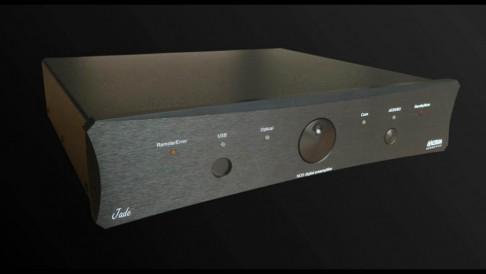
Metrum JADE R2R NOS DAC - DVC
Jade with DAC TWO Modules NZ $5,495 with Remote Control.
DAC 3 Upgrade $6,595
Prices include either USB or I2S factory fitted ... and you read right - Variable Voltage Volume is now free/option to Onyx.
I2S Module $170
USB Module $205
MQA Module $275
The 'Baby Flagship' Digital Volume controlled NOS DAC. Trickle or more like 'torrent-down' technology from Adagio ... at half the price. Sell-off your Preamp and connecting I/C - they are not needed. Reduce rack space and connect your Amplifier directly to the DAC TWO modules.
"Digital asks for massive ground planes. Analog works best with a star ground. This means that ground planes can be used but should connect to just star ground and work only as static shields". Cees Ruijtenberg
"It's not a basic pot on the analog outputs either. It addresses circuit gain directly. That's vaguely related to how Bakoon do it for their Satri circuit and exactly how Etalon Sound vary their R2R DreamDac's output; or Cees that of his €6'950 Adagio flagship. Usually manufacturers complain when a Reviewer references their product to a competitor's which costs 60% less but performs on par. "You just killed my sales" was one such recent email". 6 Moons
What's Inside :
Ultimate Gem from Metrum - replacing the tradition first exemplified by Hex and then with 'Transient' DAC ONE development, Menuet. Jade adds one more important ingredient to improvement over Menuet ... with Adagio's Digital Volume Control (DVC). Menuet in Review achieved 'Best of Year Product 2016' from one direction and regarded as a 'hair's breadth away' from a TotalDac D1 MKII in another.
Adagio's Volume Control was Awarded 'State-of-the Art' performance in Review.
The Poor Man's Adagio has arrived.
The Eagle eyed - will notice a price drop over previous models, Jade comes in under Menuet's pricing.
DVC comes FREE !
How often does that happen ?
Device :
Jade features four DAC TWO modules, each one consisting of two DAC ONE + FPGA (Forward Correction) modules used in the first 'Transient' model range. Circuit boards have been improved, providing faster processing. Power requirements have been substantially reduced, with only one Toroidal Transformer now required. Offering savings to the High End 'budget conscious'.
For a brief summary concerning 'Transient DAC TWO' development click "Here"
From Mr. R : An in depth explanation regarding the processes involved in improving DAC ONE 'Transient' technology and the limitations imposed by secondary Audio components.
Jade adopts the same design techniques found in Adagio ... in very affordable trickle down fashion.
"Performance v Price" achievement is now at an unprecedented level.
Reviews
Alpha Audio : Netherlands
Jaap Veenstra slots Jade into an interesting System - right up Mr. Ruijtenberg's street - namely (Daudio) Dipole Speakers - which can provide a 'Window on Sound'. In fact Daudio utilised a Metrum OEM Octave board int their earlier iteration W1 Dipole/Dac-Amps combination. A Pass Labs XP-12 and Pavane/Adagio are thrown into the ring for comparison purposes. English translation below.
The EAR : Netherlands
René van Es checks out Onyx/Jade. Identical Dac performance.
"Having had a quartet of DACs at home lately this (Jade) is my favourite one, maybe because I am so used to the Pavane and Adagio, it confirms why I chose them.
… a lot of brands sell DACs for less, even Metrum, but compare the sound quality and you’ll soon realise that these two are in a different league".
6 Moons : Ireland
Srajan Ebaen's investigation is underway explaining ''Sublime Sound'' ... according to Cees.
"To appreciate Jade's digital Preamp functionality in the proper light, it's instructive to remember basics. Regardless of type, typical volume controls throw away signal unless we listened above unity gain. Unity what ? Replace 'unity' with source output voltage. Unless it's unusually low or your Amp's input sensitivity is, or you listen very loud ... you'll be reducing source signal strength, not adding to it. Wiring up Source to Amp direct would be far too loud.
Voilà, the argument for Passive Preamps. Why generate gain only to ditch it again ?
Actually, even Passives do. After all, you'd not run one if you needed more. So unless you crank your volume to the max, you still dump gain - just less than you would with an active.
Not so a circuit with true Variable gain.
It only generates what you actually listen to, no more. In that sense, the clever Jade is more Passive than even a Passive".




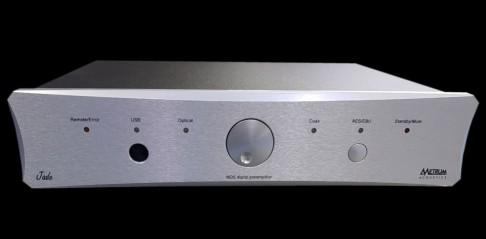

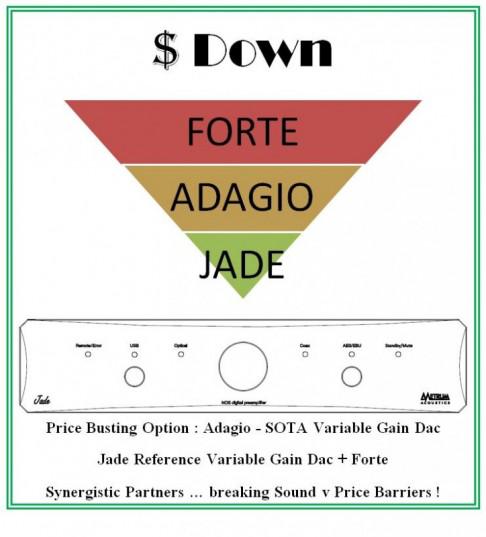
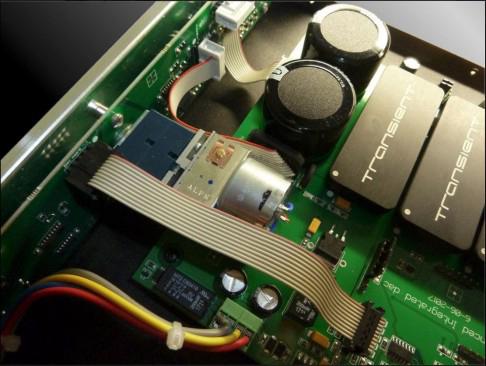
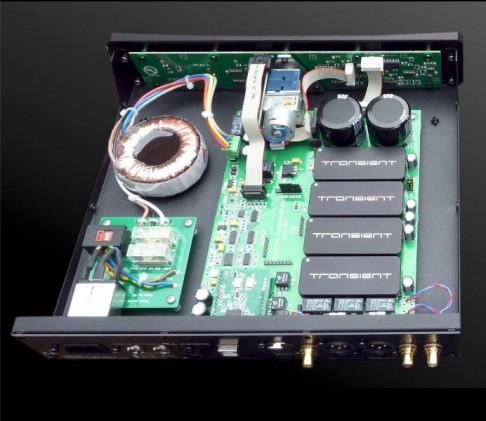

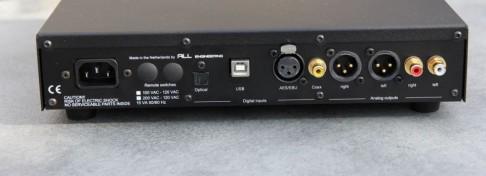
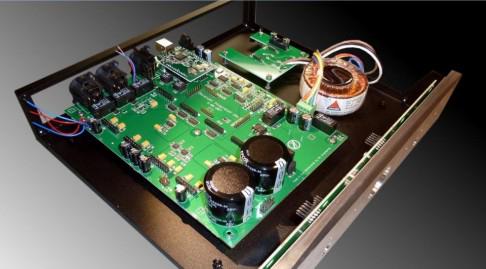

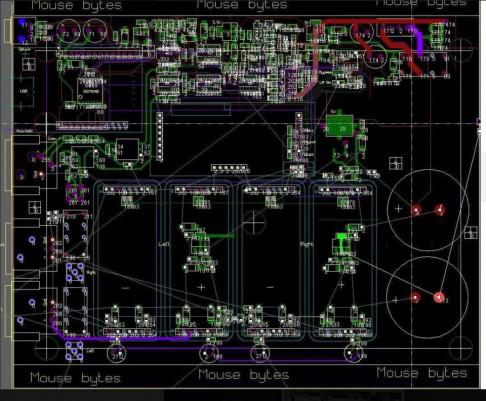 Jade schemata.
Jade schemata.